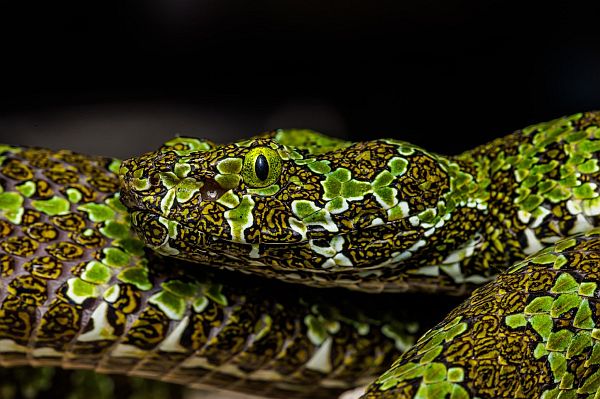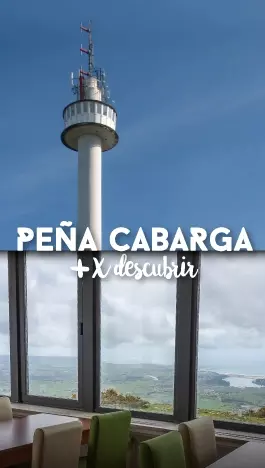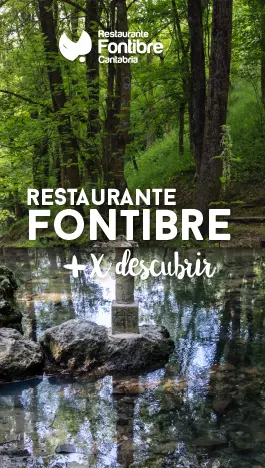Cabárceno incorporates three new species of venomous snakes
Cabárceno Nature Park is adding three new species of Asian venomous snakes, some of which are in serious danger of extinction, such as the moss viper.
These are specimens born in captivity and transferred in coordination with the European Association of Zoos and Aquaria (EAZA) and the European Endangered Species Programme (EEP) for the moss viper. Two young specimens of the latter species have been added, in addition to two more viper species: the blue-lipped sea krait and the mangrove viper.
The director of Cabárceno Park, Míchel Valdés, commented that these additions are part of the expansion and specialization in venom of the Reptile House, which already houses one of Europe’s largest collections of venomous snakes.
“Having such valuable specimens reinforces Cabárceno’s strong commitment to continue working on the dissemination, conservation, and research of reptiles in general, and venomous species in particular,” he added.
The park’s head of reptiles and curator, Antonio Moro, explained that “snake venom is a unique chemical library” and is used in the development of treatments for diseases such as Parkinson’s, Alzheimer’s, diabetes, and cancer, which he stated is “a great reason for their preservation”.
Critically endangered
The two specimens of the Mangshan Pit Viper (Protobothrops mangshanensis) have arrived at the Cantabrian facility following a transfer agreement with the Zagreb Zoo and in coordination with the species’ EEP (European Endangered Species Programme).
The Mangshan Pit Viper, often referred to as the “moss viper” due to its camouflage, is indeed a critically endangered species. Approximately 400 specimens are counted in their natural environment, restricted to a small mountainous area in southern China, which makes this species one of the most endangered in the Asian country, alongside the giant panda. It was discovered in the 1990s, which is very recent in terms of taxonomy.
t has moss-like patterns in its coloration that provide excellent camouflage. Thanks to its vivacity (lively movement), it uses this as a lure. It can reach up to two meters in length.
The other viper specimens, a blue insular pit viper (Trimeresurus insularis) and two mangrove vipers (Trimeresurus purpureomaculatus), came from Faunia in Madrid.
The blue insular pit viper is a species endemic to various islands of Indonesia. It’s notable for its intense turquoise-blue color, which is unique among its kind, though it can also exhibit other colorations. It’s small in size, with an average length of between 40 and 60 centimeters. Meanwhile, the mangrove viper inhabits Southeast Asia. It’s slightly more robust than the blue insular pit viper, can reach a meter in length, and its color varies between different shades of green, purple, or black, as is the case with the specimens at Cabárceno.
The three species that have arrived in Cantabria are pit vipers (Viperidae, subfamily Crotalinae), which possess heat-sensing pits. These specialized organs allow them to precisely detect warm-blooded prey. They are nocturnal and arboreal, typically found coiled among vegetation. Their venom is hemotoxic, meaning it affects blood coagulation.
The Cabárceno Nature Park works on the ex situ conservation of reptiles and venomous snakes, meaning conservation outside of their natural habitat. Additionally, through its work and the exhibition area, Cabárceno aims to raise public awareness about the fundamental role reptiles play in the balance of their natural environments. These animals fulfill a key ecological function, acting as significant ambassadors for their ecosystems, and their venom leads to medical advancements.



















